America's new opioid law 'is historic in its breadth'
On October 24, President Donald Trump signed a bipartisan bill aimed at tackling the nation’s growing opioid epidemic.
The opioid legislation, officially titled the Substance-Use Disorder Prevention that Promotes Opioid Recovery and Treatment for Patients and Communities Act, indicates clear progress in America’s fight against opioid addiction and treatment.
‘The legislation is historic in its breadth’
“The legislation is historic in its breadth and commitment to the problem,” Brett Giroir, assistant secretary for Health and senior advisor for Opioid Policy at the U.S. Department of Health and Human Services, told Yahoo Finance. “Whether it’s enough, it’s what we know to do right now. It’s the right legislation at the right time.”
The new law targets overprescription and opioid trafficking. Several provisions of the new law are intended to minimize trafficking through “mandatory advance electronic information for postal shipments, civil penalties for postal shipments, international postal agreements, and report on violations of arrival, reporting, entry, and clearance requirements and falsity or lack of manifest.”
While most of the specific costs are still unknown, Vox reported that the opioid legislation reauthorizes funding from the Cures Act, “which put $500 million a year toward the opioid crisis, and makes tweaks to hopefully give states more flexibility in using the funding.”
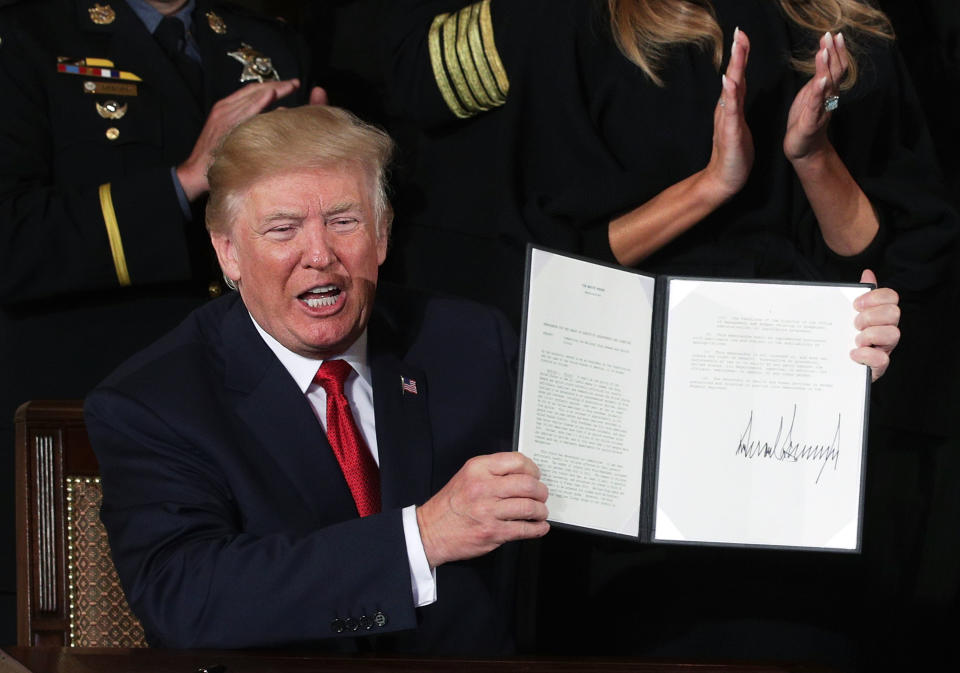
A key provision of the bill is the continuance of state opioid grants through the Substance Abuse and Mental Health Services Administration (SAMHSA). “This adds hundreds of millions of dollars to the states to treat [opioid abuse],” said Giroir, who was not involved in the drafting of the legislation. (A former pediatric critical care physician, Giroir began working with various federal offices in 1998.)
Another piece of the bill that Giroir said he’s pleased with is the increase in the types and numbers of health providers who can provide medication-assisted treatment (MAT). An example he provided was midwives.
“It makes wonderful sense to have certified midwives,” Giroir said. “There are mothers who suffer from opioid abuse and providing MAT to the mother helps them and dramatically decreases complications for the babies.”
Babies born to mothers suffering opioid abuse are at risk of developing neonatal abstinence syndrome (NAS), a form of drug withdrawal. According to the National Institute on Drug Abuse, there were an estimated 21,732 infants born from 2000 to 2012 with NAS, “equivalent to one baby suffering from opiate withdrawal born every 25 minutes.”
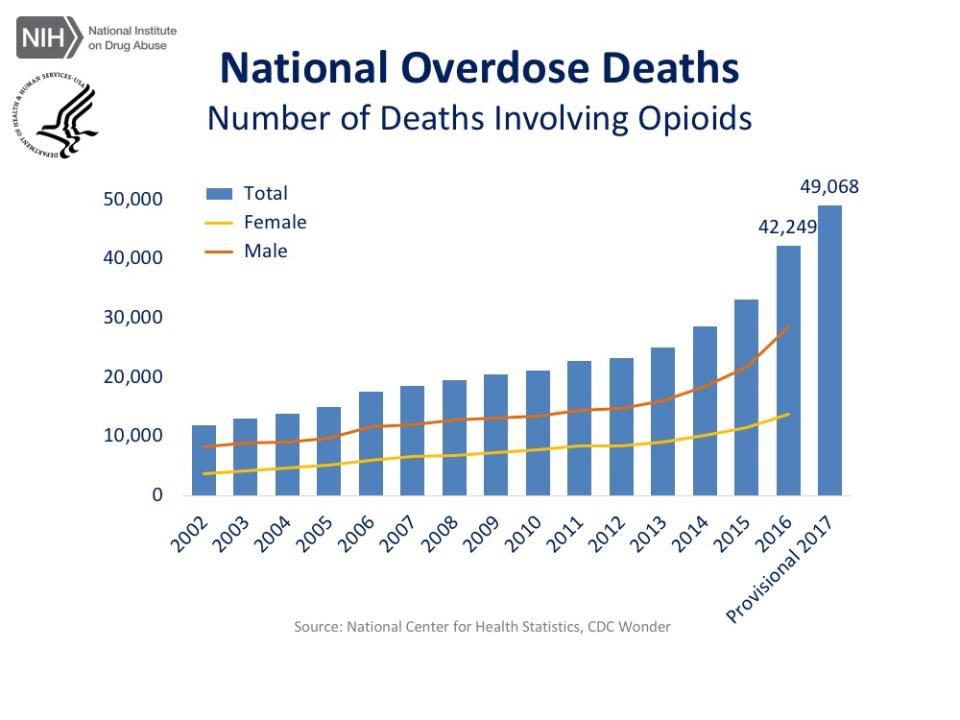
‘Everybody sees the need back at home’
Counselor to the President Kellyanne Conway recently described the epidemic as “the crisis next door,” which is why the new opioid legislation made so much sense.
“I think part of why it passed in a bipartisan fashion is because everybody sees the need back at home,” she said during Yahoo Finance’s All Markets Summit on November 13. “Whether you represent a state or a congressional district, you just see the need back at home. Law enforcement, access to treatment. Certainly, education and prevention.”
According to the Center for Disease Control (CDC), “more than 200,000 people died in the U.S. from overdoses related to prescription opioids from 1999 to 2016.” In 2017, nearly 49,000 people died from opioid-related overdoses, with synthetic opioid fentanyl being the biggest driver.
A recent U.S. government report indicated that the number of drug overdose deaths caused life expectancy to drop in 2017. According to the CDC, overdose rates jumped 9.6% over the last year and the average life span decreased 0.1% to 78.6 years.
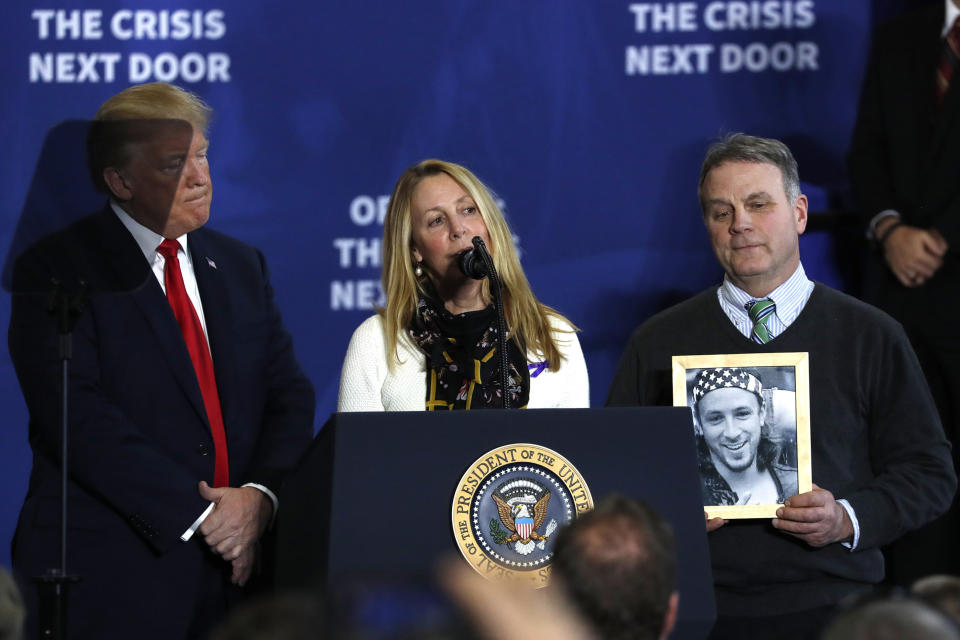
Opioid legislation is ‘going to require additional sustained investment’
However, Dr. Rosalie Pacula, the co-director of RAND’s Drug Policy Research Center, isn’t so sure that the new opioid legislation will be enough.
“The impact is going to be very hard to see immediately and initially,” Pacula told Yahoo Finance. “And it’s going to require additional sustained investment, which I worry the taxpayer isn’t going to be as interested in doing, in part because we waited so long to tackle this problem.”
One specific component Pacula criticized was the waiver process for MAT. One of the most effective MAT medications approved by the FDA is buprenorphine, but in order for a medical professional to prescribe it, they need a special waiver from the DEA and to take an eight-hour course on addiction treatment. According to Pacula, “most physicians don’t go through the process of getting waivered in the first place.”
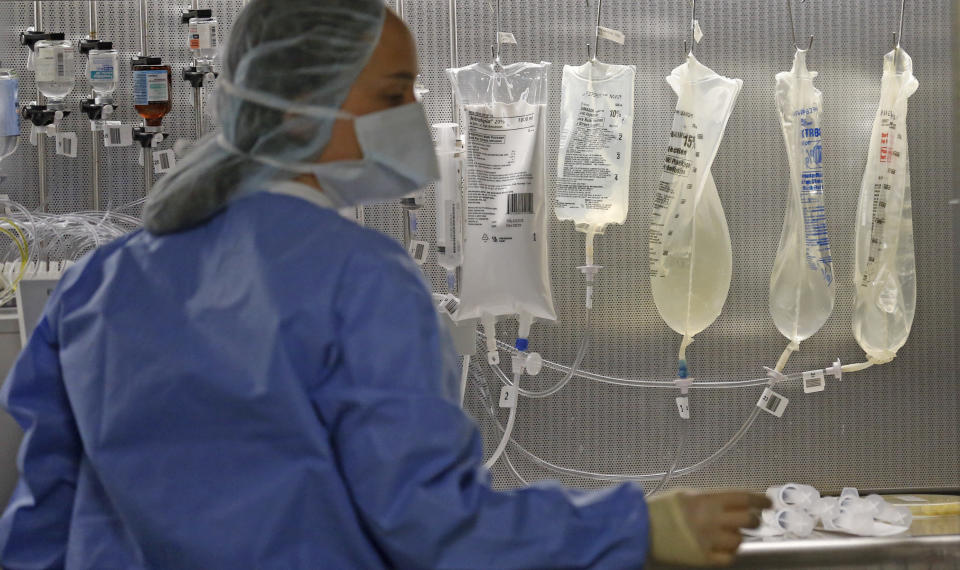
The new bill doesn’t eliminate this waiver requirement. Rather, it allows nurse practitioners and physician assistants to be eligible for a waiver in the same manner as physicians. The reason why she finds this “really crazy” is because physicians don’t need a special waiver to prescribe the addiction-causing opioids.
“If the issue is fear of getting addicted, we should have a waiver on every opioid prescribed but we don’t,” Pacula said. “Why make it harder for them to do treatment than for the drug that causes problem in first place?”
Her biggest criticism is the fact that Trump has these drug initiatives led by people of his choice, “not people who know the problem well and have been studying it for decades.”
“[The legislation] attempts to address pieces of the problems without a comprehensive vision for tackling the entire problem,” Pacula said. “That’s what’s missing here.”
‘You can’t do everything’
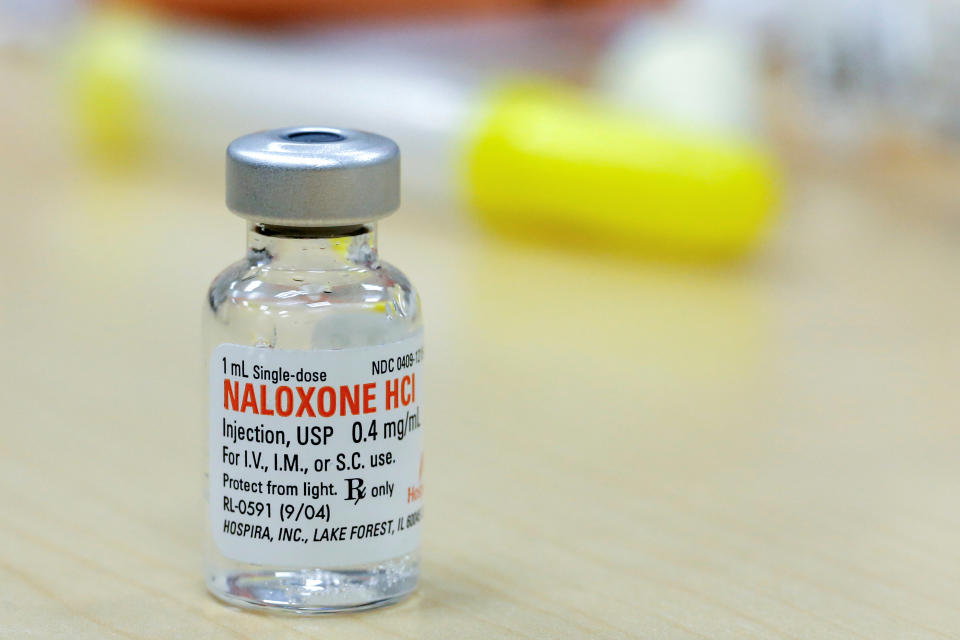
Giroir said that the HHS is “constantly looking for new ways” to attack the opioid problem. The next step, he said, is increasing the availability of naloxone, an opioid reversal drug. Until then, the organization will be taking an extensive look at the new legislation to fully understand it and look for any gaps.
“The current legislation does take some useful steps to fix a few problems,” Pacula said, “but it doesn’t address them comprehensively, in my opinion. That might the nature of a bipartisan bill, though. You can’t do everything.”
Adriana is an associate editor for Yahoo Finance. Follow her on Twitter @adrianambells.
READ MORE:
Chart: The U.S. opioid crisis is holding back certain states
Kellyanne Conway: The nation’s opioid epidemic is the ‘crisis next door’
Florida lawsuit targets CVS, Walgreens as ‘last line of defense’ in opioid crisis
Follow Yahoo Finance on Twitter, Facebook, Instagram, Flipboard, LinkedIn, and reddit.

